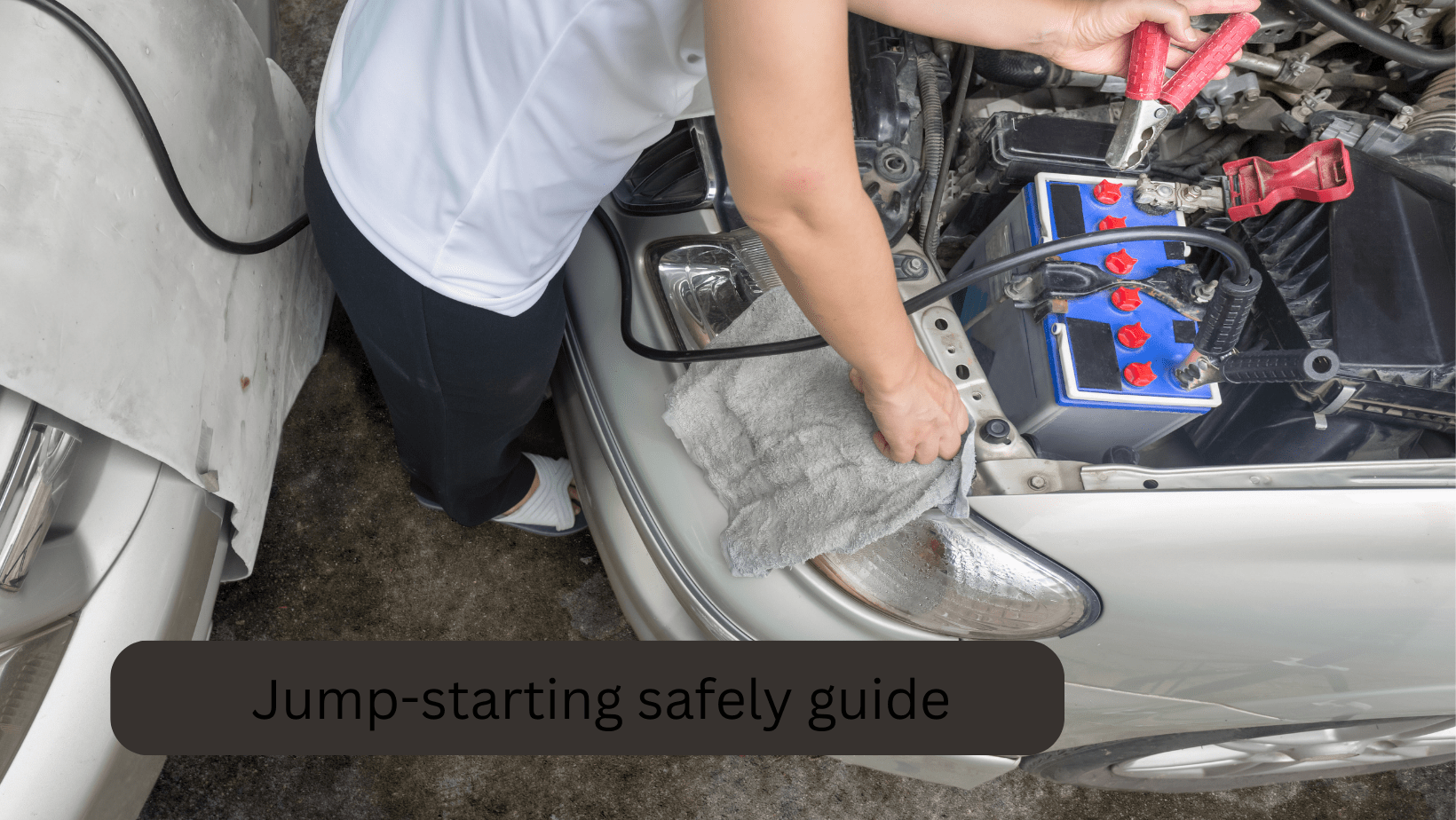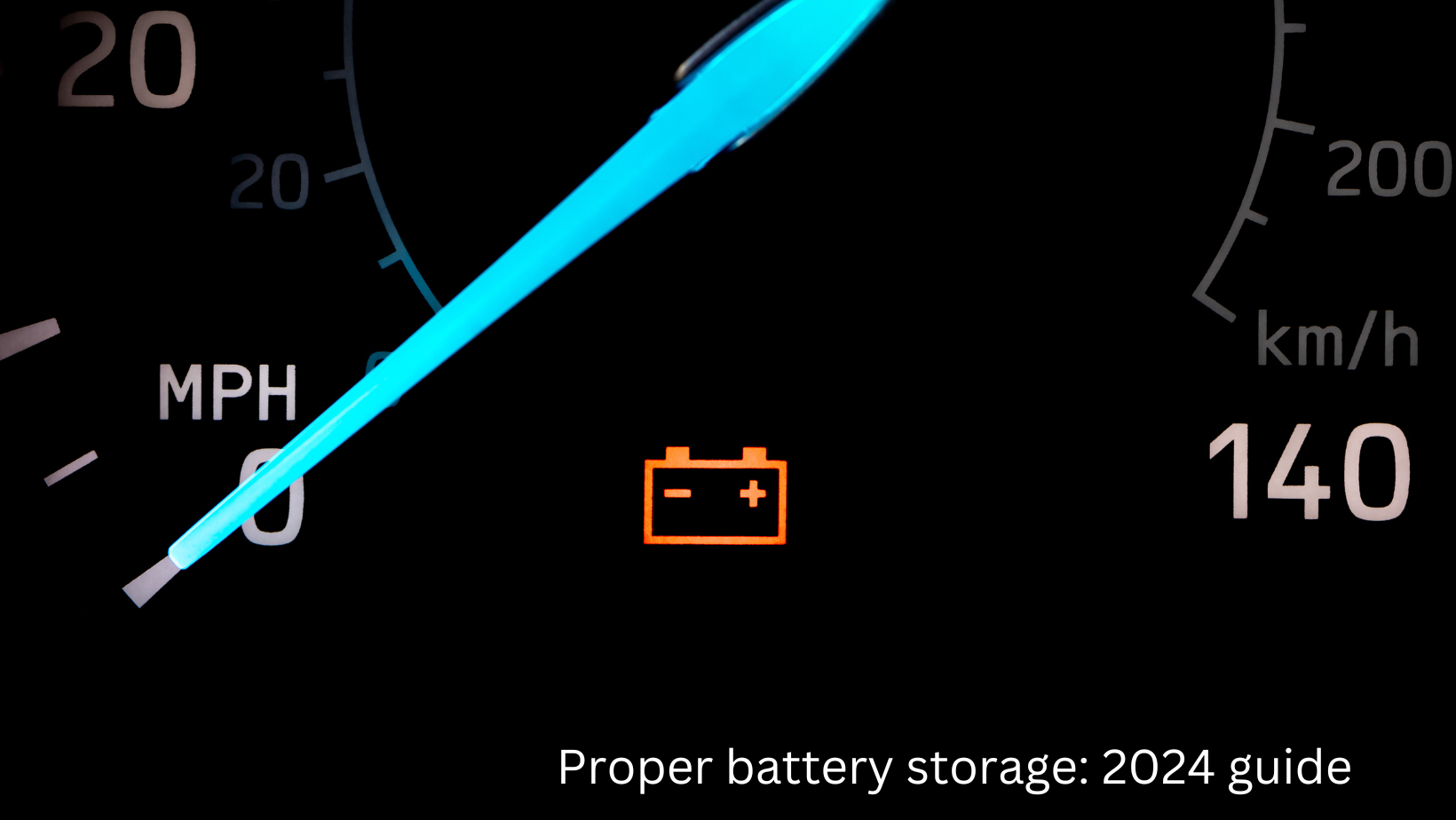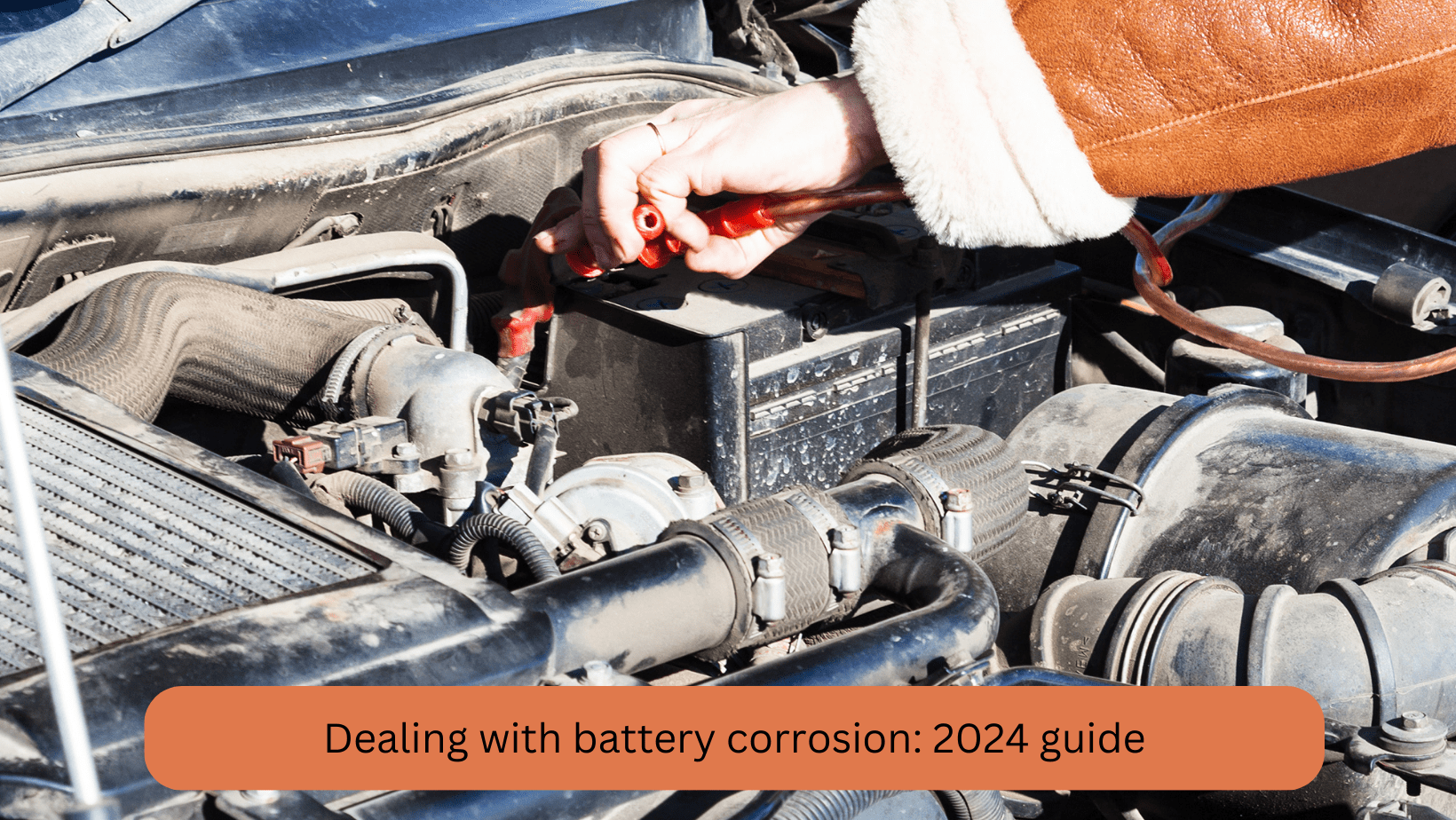When it comes to maintaining your car’s performance, cleaning battery terminals is a task that often gets overlooked. Yet, it’s crucial for ensuring your vehicle runs smoothly and reliably. In this article, we delve into the nitty-gritty of why and how to clean battery terminals, ensuring your car stays in top condition.
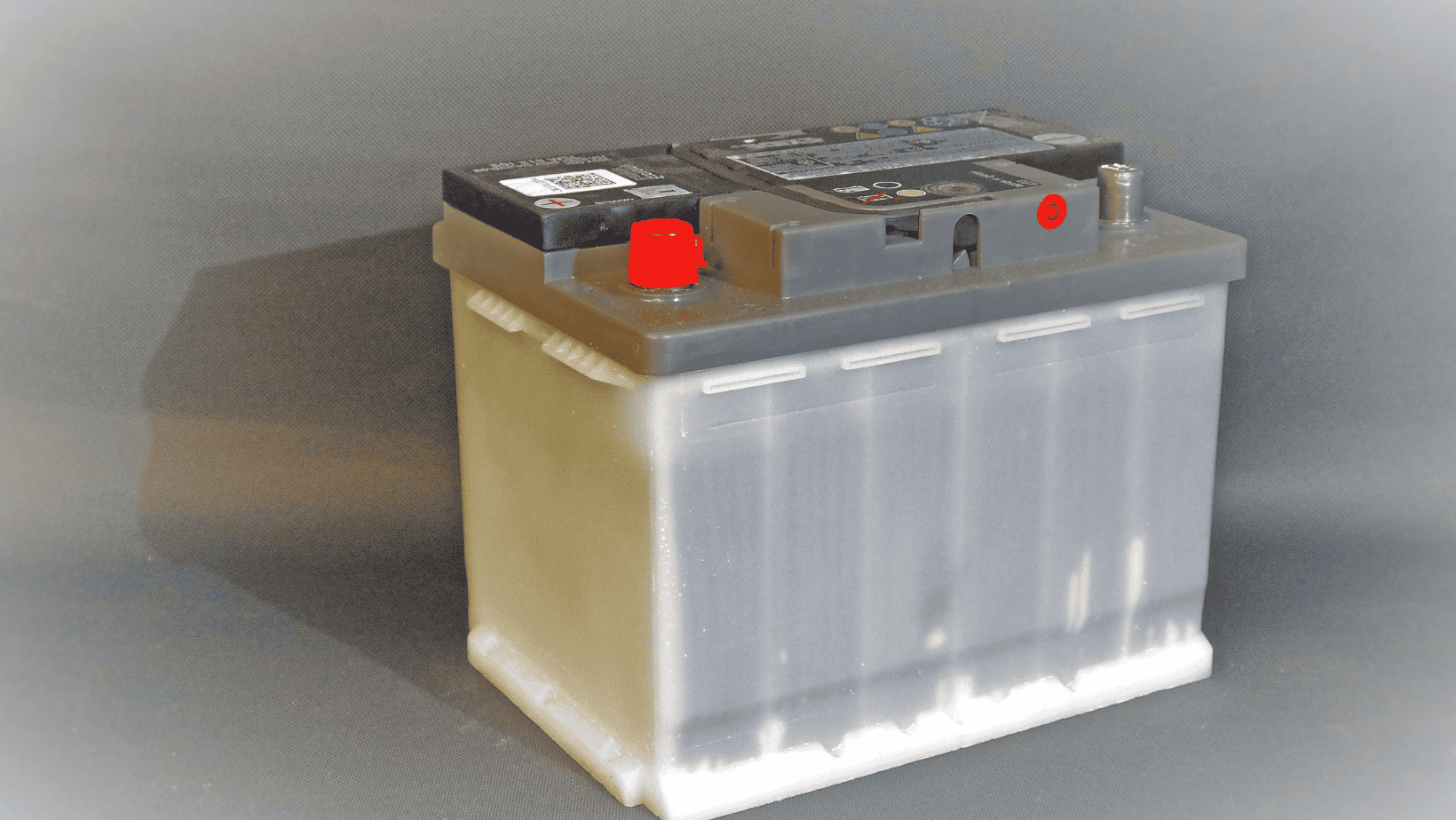
Key Takeaways
- Importance: Regular cleaning prevents corrosion and ensures optimal electrical flow.
- Frequency: Check and clean every 6 to 12 months or as part of regular maintenance.
- Tools Needed: Wrench, wire brush, baking soda, water, and petroleum jelly.
- Safety Precautions: Wear protective gear and disconnect the battery before starting.
Why Clean Battery Terminals?
- Prevents Corrosion: Corrosion can lead to poor electrical connections.
- Ensures Efficiency: Clean terminals ensure the battery operates at peak efficiency.
- Avoids Breakdowns: Reduces the risk of battery-related failures.
Recognizing the Signs of a Dirty Battery
Spotting a dirty battery is key to timely maintenance. Look for:
- White or greenish powdery substance on the terminals.
- Dimming headlights or slow engine cranks.
- Inconsistent performance of electrical components.
For more, see Recognizing the Signs of a Dying Car Battery.
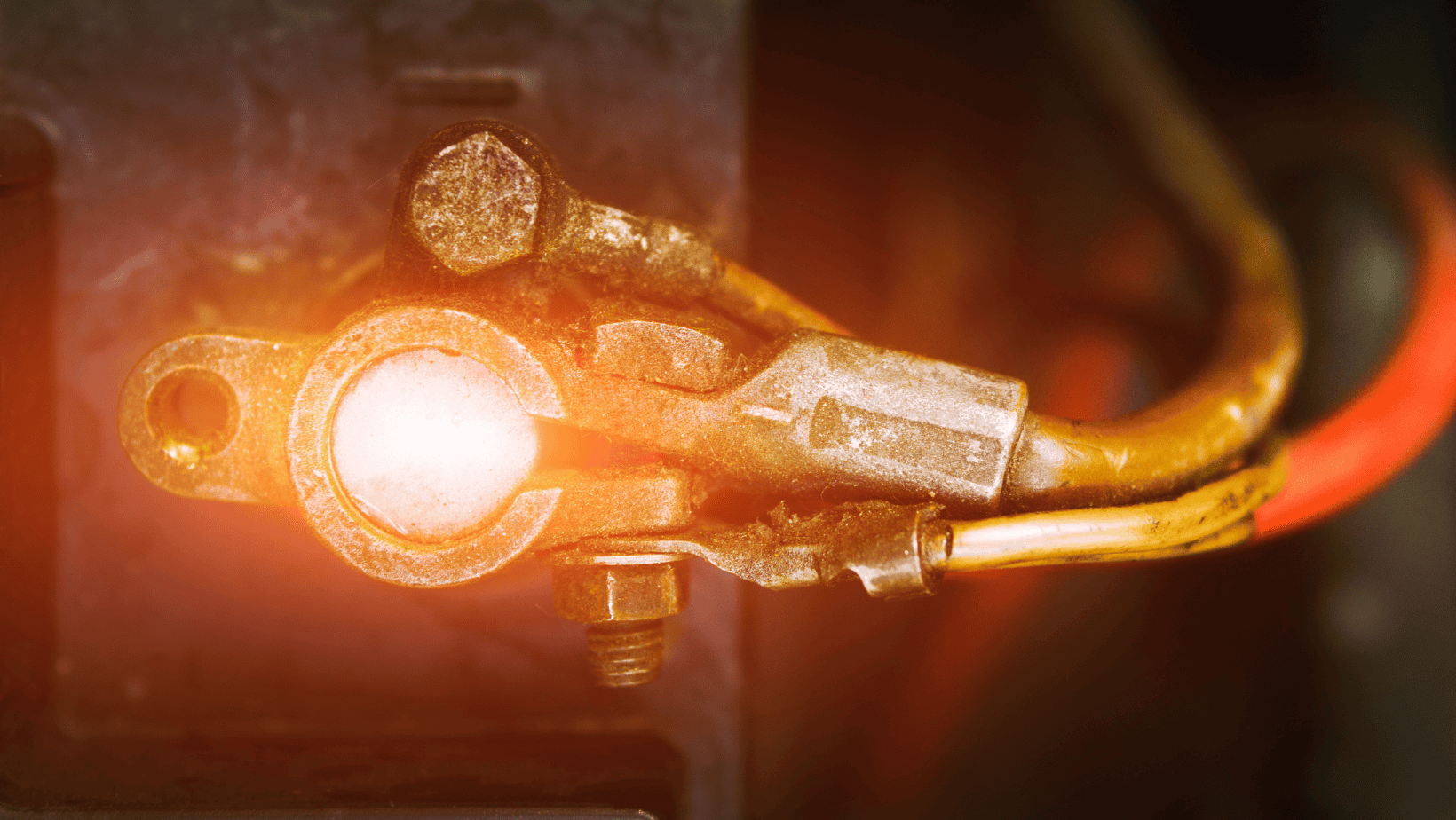
Step-by-Step Guide to Cleaning Battery Terminals
- Safety First: Wear gloves and safety goggles. Make sure the engine is off.
- Disconnect the Battery: Start with the negative terminal, followed by the positive.
- Prepare Cleaning Solution: Mix baking soda and water to create a paste.
- Scrub the Terminals: Use a wire brush to apply the paste and scrub off corrosion.
- Rinse and Dry: Clean with water and dry thoroughly.
- Reconnect the Battery: Connect the positive terminal first, then the negative.
For a detailed guide, visit How to Test a Car Battery – A Detailed Guide.
Preventive Measures and Maintenance Tips
- Regular Checks: Inspect your battery during oil changes or service appointments.
- Apply Petroleum Jelly: After cleaning, apply a thin layer to protect the terminals.
- Avoid Overcharging: Ensure your charging system is working correctly.
Learn more at Understanding the Basics of Battery Care for Your Vehicle.
Summarizing the key aspects of cleaning battery terminals
| Aspect | Details | Additional Information |
|---|---|---|
| Importance | Prevents corrosion, ensures efficiency, avoids breakdowns | Regular cleaning is crucial for battery health |
| Frequency of Cleaning | Every 6-12 months or during regular maintenance | Align with other routine car check-ups |
| Signs of Dirty Battery | White/greenish corrosion, dimming lights, inconsistent performance | Refer to Signs of a Dying Car Battery |
| Tools Required | Wrench, wire brush, baking soda, water, petroleum jelly | Simple tools, easily available |
| Safety Precautions | Wear gloves and goggles, disconnect battery, engine off | Safety first to prevent accidents |
| Cleaning Procedure | Disconnect, clean with baking soda paste, rinse, dry, reconnect | Detailed steps in Battery Care Guide |
| Preventive Measures | Regular checks, apply petroleum jelly, avoid overcharging | Prolong battery life and performance |
| Related Maintenance | Check charging system, replace if necessary, ensure tight connections | Comprehensive care enhances overall vehicle health |
Conclusion
Regular cleaning of your car’s battery terminals is a simple yet effective way to maintain your vehicle’s performance. It’s a task that can save you from unexpected breakdowns and extend the lifespan of your battery.
For further reading on battery maintenance, check out:
